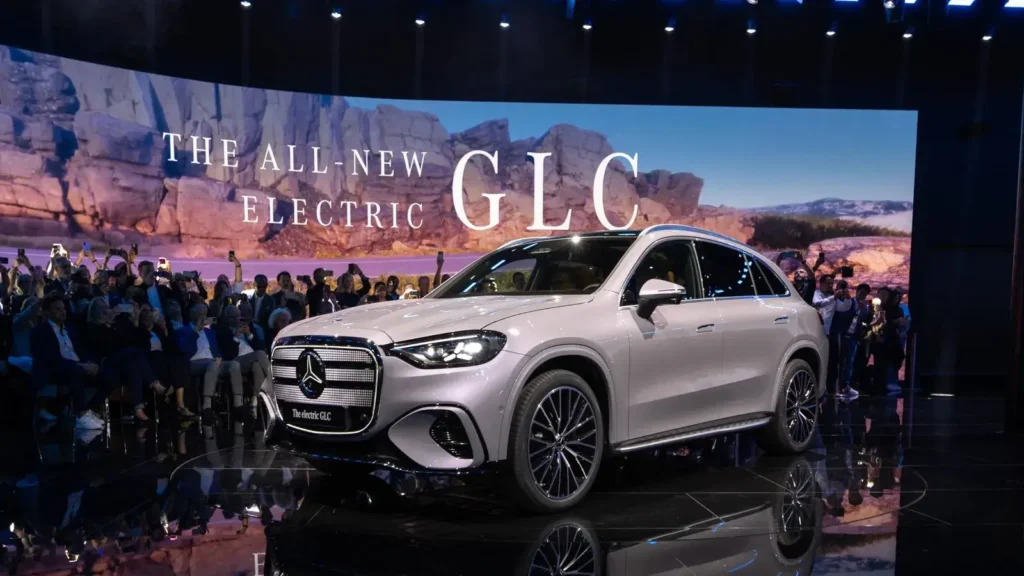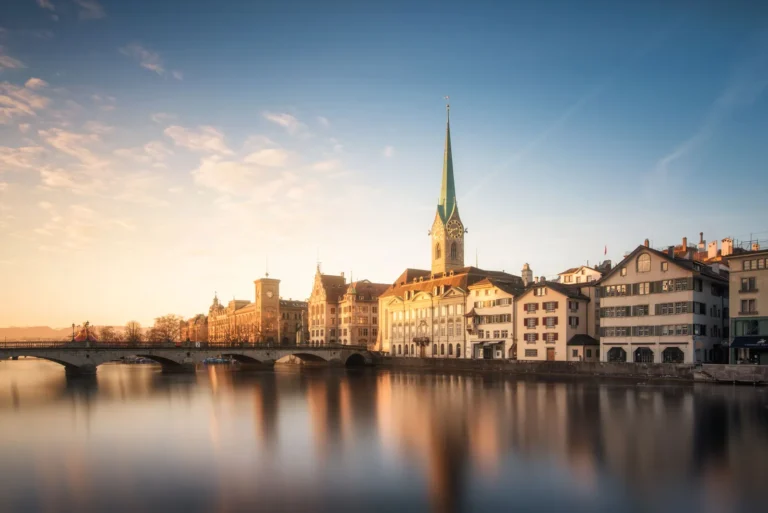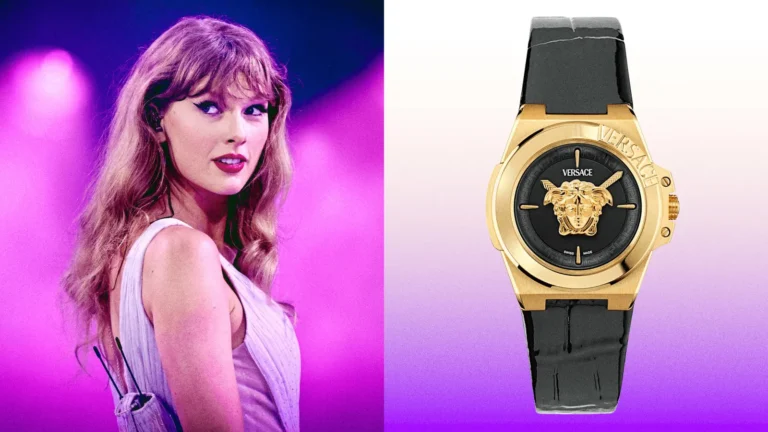Modern art masters turned classic BMWs into rolling works of art.
Where Art Meets Speed
Since 1975, BMW has been doing something no other automaker dared: inviting leading contemporary artists to transform its cars into full-scale canvases. The project began as a quirky experiment in blending motorsport with modern art. Fifty years later, the BMW Art Car collection has become an internationally celebrated fusion of design, culture, and racing heritage.
To mark its 50th anniversary, BMW is showcasing five of these extraordinary vehicles at the Goodwood Revival festival in the U.K. (September 12–14, 2025). It’s more than a car show — it’s a rolling museum, featuring machines that have been raced at Le Mans, painted by art world titans, and admired as cultural icons.
But to really appreciate the significance, you have to know the artists, the cars they worked on, and why BMW turned to them in the first place.
BMW Art Cars at a Glance
| Artist | Year | Car Model | Design Style | Key Details | Legacy |
|---|---|---|---|---|---|
| Frank Stella | 1976 | BMW 3.0 CSL | Minimalism / Grids | Black-and-white grid inspired by engineering blueprints | Connected art with technical precision of motorsport |
| Roy Lichtenstein | 1977 | BMW 320i Turbo | Pop Art / Comic Panels | Bright colors, bold Ben-Day dots, sweeping strokes suggesting motion | Made racing cars feel like rolling comic strips |
| Ernst Fuchs | 1982 | BMW 635 CSi | Fantastic Realism / Surrealism | “Fire Fox on a Hare Hunt” motif with flames and animals | First Art Car based on a production vehicle, not a racer |
| David Hockney | 1995 | BMW 850 CSi | Realism with playful perspective | Outlined driver and dog, interior mechanics painted outside | Flipped perspective, showing the intimate human side of cars |
| Jeff Koons | 2010 | BMW M3 GT2 | Pop Art / Energy & Movement | Explosions of color, speed-inspired stripes and blasts | Captured the adrenaline of racing in pure visual form |
Frank Stella’s BMW 3.0 CSL (1976): Minimalism in Motion
The Artist
Frank Stella was a leading figure of American Minimalism. His mantra was simple: “What you see is what you see.” By the 1970s, Stella was already famous for his crisp geometric patterns and grid-like canvases that stripped painting down to its essentials.
The Car
BMW’s 3.0 CSL was no ordinary car. Nicknamed the “Batmobile” because of its aerodynamic wings and scoops, it was a homologation special built to dominate the European Touring Car Championship. And dominate it did — with multiple titles in the mid-1970s, the CSL became a legend on the track.
The Design
Stella applied a graph-paper grid pattern over the CSL’s body, with intersecting lines evoking the technical precision of engineering blueprints. It wasn’t just decoration — Stella was exploring the literal “framework” of the machine. BMW later noted that he was inspired by the car’s technical basis itself.
Legacy: Stella’s Art Car was only the second in the series, but it set the tone: this wasn’t just paint slapped on a vehicle. It was a dialogue between mechanics and aesthetics.
Roy Lichtenstein’s BMW 320i Turbo (1977): Pop Art on Wheels
The Artist
Roy Lichtenstein was one of the giants of Pop Art, alongside Andy Warhol. His signature style used bold outlines, comic-inspired graphics, and his famous Ben-Day dots. Lichtenstein’s work was often playful, but it also questioned how mass media shaped perception.
The Car
The BMW 320i Turbo was a lightweight racer built for endurance events like the 24 Hours of Le Mans. It was aggressive, stripped-down, and battle-tested on some of the toughest circuits.
The Design
Lichtenstein turned the 320i into a comic strip in motion. His brightly colored dots and sweeping strokes suggested movement through landscapes — almost like panels of a cartoon where the car itself is the hero. The design captured the drama of racing in pure visual shorthand.
Legacy: His Art Car blurred lines between pop culture and high-performance engineering. It was art that felt approachable, even fun, while still rooted in serious performance.
Ernst Fuchs’ BMW 635 CSi (1982): Myth and Surrealism
The Artist
Ernst Fuchs was an Austrian painter associated with Vienna’s School of Fantastic Realism. His style blended religious imagery, mythological references, and surreal dreamscapes.
The Car
Unlike the earlier race-only models, the BMW 635 CSi was a production luxury coupe. Sleek, powerful, and built for grand touring, it represented a shift: BMW wanted to show that the Art Car project wasn’t confined to the racetrack.
The Design
Fuchs painted the car with a fiery scene he called “Fire Fox on a Hare Hunt.” The surreal motif wrapped the 635 CSi in bursts of flame and animal forms. It was both mystical and aggressive, a contrast to the restrained lines of the coupe beneath it.
Legacy: This marked the first time BMW brought a road-going car into the Art Car fold, signaling that the collection was about more than motorsport. It was about connecting art with everyday drivers, too.
David Hockney’s BMW 850 CSi (1995): Turning the Inside Out
The Artist
David Hockney, one of Britain’s most influential painters, was known for his bold use of color and innovative approach to perspective. By the 1990s, Hockney had already redefined portraiture and landscape painting for a new generation.
The Car
The BMW 850 CSi was a flagship grand tourer of the 1990s, boasting a V12 engine and advanced technology. It was a statement of luxury, performance, and ambition.
The Design
Hockney flipped convention. Instead of painting the exterior as a surface, he imagined the inner workings spilling outward:
- A driver outlined on the door
- A dog on the rear floor
- Stylized elements suggesting engine mechanics and vents
It was almost X-ray-like, a playful reminder that cars are more than sleek shells — they’re lived-in spaces.
Legacy: Hockney’s Art Car was intimate, even humorous, showing that personal narrative could live on a high-performance machine.
Jeff Koons’ BMW M3 GT2 (2010): Explosions of Color and Speed
The Artist
Jeff Koons, controversial and celebrated in equal measure, is famous for transforming everyday objects into monumental sculptures. His metallic rabbit sculpture sold for $91 million in 2019, making it the most expensive artwork by a living artist at auction.
The Car
The BMW M3 GT2 was a hardcore racing machine, designed for endurance competitions like Le Mans. It represented the peak of BMW’s motorsport technology in the 2010s.
The Design
Koons draped the M3 in vibrant stripes, blasts of color, and movement-heavy elements. The design mimicked the sensation of speed — streaks of energy ripping across the body, almost like comic-book action lines supercharged by Pop Art.
Legacy: Koons’ Art Car captured a kind of joyful excess, a reminder that racing isn’t just about mechanics — it’s about adrenaline and spectacle.
BMW’s Cultural Strategy: Why Art Cars Matter
The BMW Art Car project wasn’t a gimmick. It was — and still is — a strategic cultural play.
- Elevating the Brand: By collaborating with high-profile artists, BMW positioned itself not just as a carmaker, but as a patron of culture.
- Crossing Worlds: Art Cars bridged communities — art collectors, motorsport fans, and car enthusiasts found common ground in these projects.
- Longevity: Each Art Car captures the zeitgeist of its era. Stella’s grids speak to the precision-obsessed 1970s, while Koons’ explosion of color mirrors the media-saturated 2010s.
- Global Reach: The cars tour museums, galleries, and events worldwide, turning BMW into a recognizable name in cultural as well as automotive spaces.
BMW wasn’t just selling cars — it was embedding itself in the cultural conversation.
Goodwood Revival 2025: A Living Gallery
The Goodwood Revival is already one of the world’s most beloved vintage motorsport festivals. Cars and motorcycles from past decades roar back to life on the circuit, while fans dress in period style. Adding the BMW Art Cars to this backdrop is a stroke of curatorial genius.
- Location: Earls Court Exhibition Hall, Goodwood, UK
- Dates: September 12–14, 2025
- Highlight: Five Art Cars spanning five decades, showcased together for the 50th anniversary
It’s not just about seeing rare cars. It’s about standing in the presence of works that exist at the intersection of speed and imagination.
50 Years of Rolling Masterpieces
Over five decades, the BMW Art Car project has become more than a marketing exercise. It’s a statement that cars can embody creativity, identity, and history. Each artist brought their world into BMW’s world — and the result was something entirely new.
- Stella gave us precision
- Lichtenstein delivered pop culture motion
- Fuchs layered in myth and mysticism
- Hockney revealed the human side of machines
- Koons exploded with energy and spectacle
At Goodwood this year, these stories won’t just hang on gallery walls. They’ll sit on four wheels, gleaming under the lights, as proof that sometimes the road is the best canvas of all.

